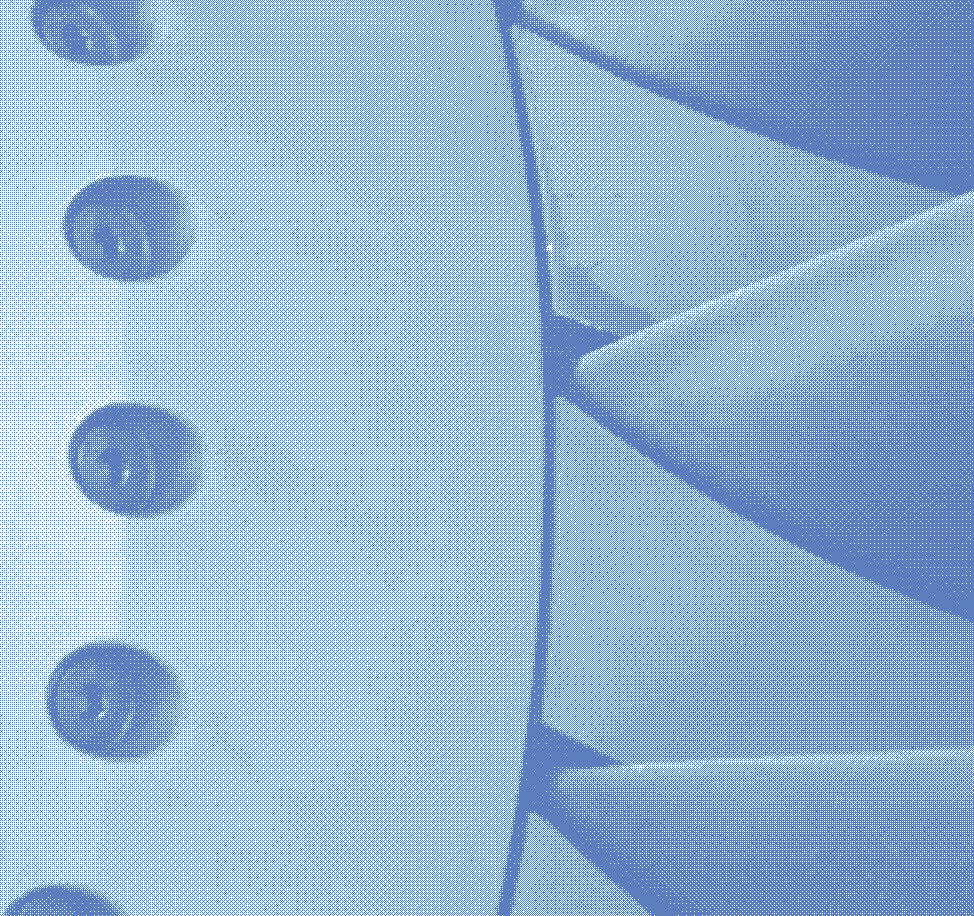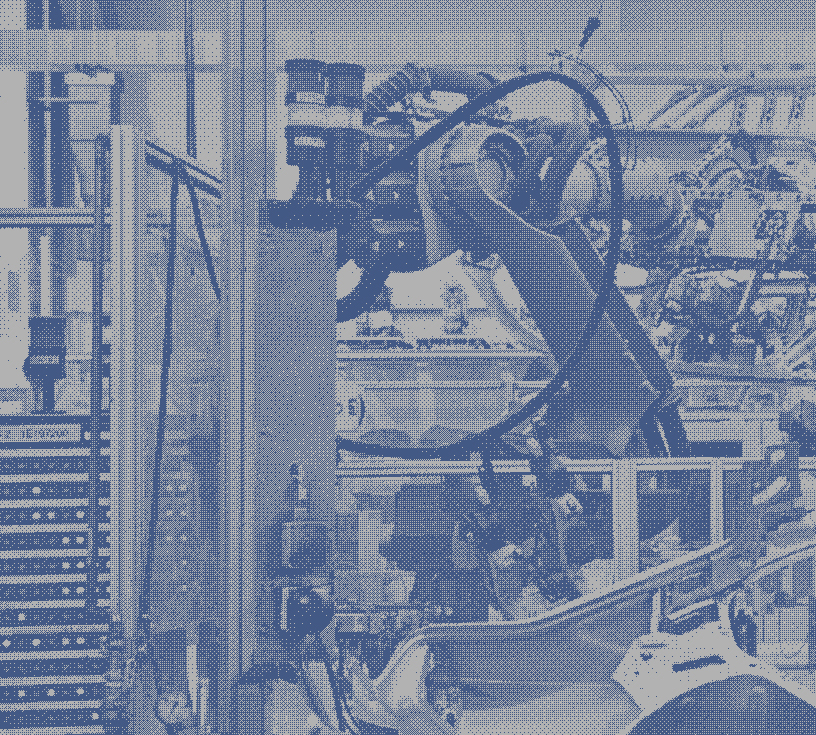



Research Projects
Titanium and Magnesium
Influence of Process Variables upon Microstructure and Texture of Dual Phase Zirconium Alloys

Dual phase Zr-2.5Nb alloys have superior strength and fracture toughness compared to single phase Zr alloys. Optimising the processing route to obtain preferred crystal orientation (texture) will make Zr-2.5Nb alloy a promising material as structural parts in nuclear applications. The texture of the material affects the in-service behaviours and is controlled during manufacture by thermomechanical processing conditions. However, texture is difficult to predict in these alloys as it involves the high temperature deformation of two-phases, α (hexagonal-close-packed) and the β (body centred-cubic), as well as phase transformations upon heating and cooling above or below the beta transus. Transient effects, such as drop in temperature during transfer of sample from furnace to rolling mill occur. This results in phase transformations and changing in volume fraction of phases, affecting final texture. The aim of the project is to understand the effects of transient paths during α+β and β rolling on texture evolution. Processing variables during transient’s paths are difficult to control during rolling, however the Gleeble Hydrawedge in plane strain compression has the ability to have tight control of these processing variables. Electron backscatter diffraction (EBSD) will be used to measure the crystal orientation (texture) of grains and analysis of the data performed using mtex package in Matlab.
